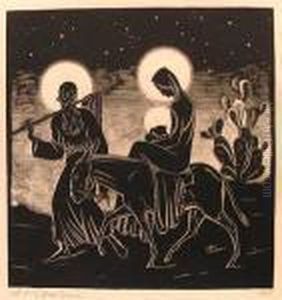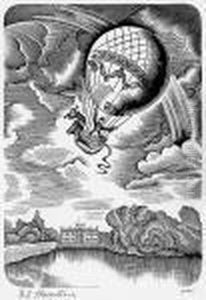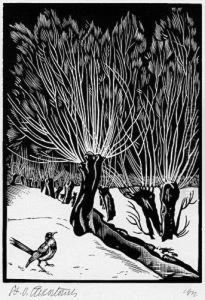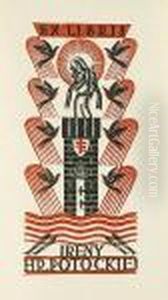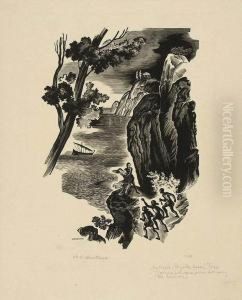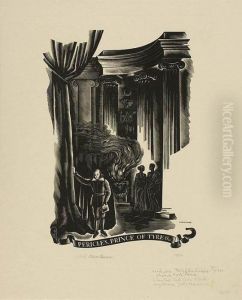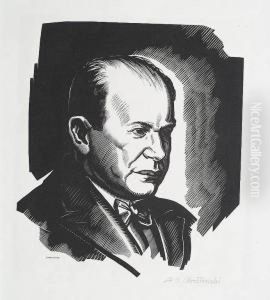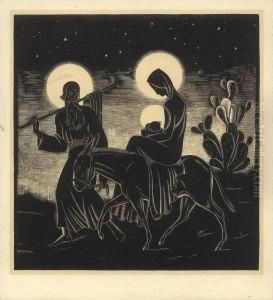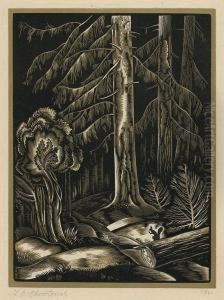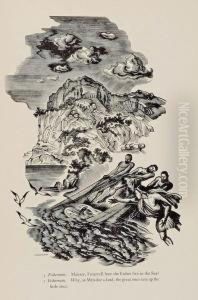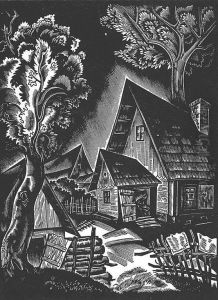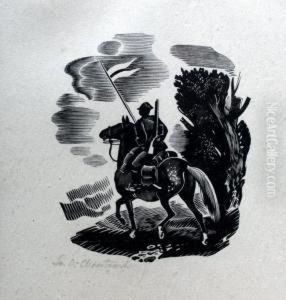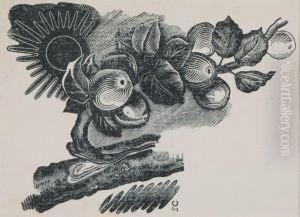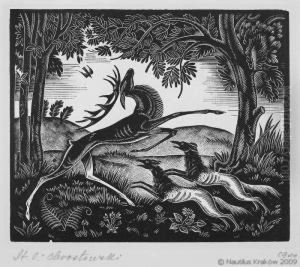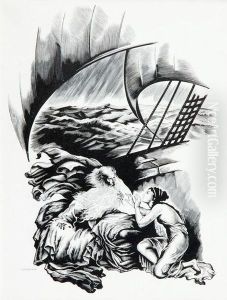Stanislaw J. Ostoja-Chrostowski Paintings
Stanislaw J. Ostoja-Chrostowski, born in 1905, was a Polish visual artist and a soldier who had a significant impact on the development of Polish modern art. He is known for his contributions to painting, graphic design, and illustration. His early works were influenced by the Polish expressionist movement, and as his career developed, he became increasingly interested in the avant-garde and modernist movements that were sweeping across Europe.
Ostoja-Chrostowski studied at the Academy of Fine Arts in Warsaw, where he honed his skills and developed his distinctive style. His works often depicted social and political themes, reflecting the turbulent era in which he lived. He was an active participant in the Polish art scene, contributing to exhibitions and engaging with other artists and intellectuals.
With the outbreak of World War II, Ostoja-Chrostowski's life took a dramatic turn. He joined the Polish resistance movement and used his artistic talents to aid the fight against the occupying forces. His contributions during this time included designing propaganda materials and forging documents for the underground resistance. His involvement in the resistance ultimately led to his arrest by the Gestapo.
Tragically, Stanislaw J. Ostoja-Chrostowski's promising artistic career was cut short when he was executed by the Gestapo in 1944. Despite his untimely death, his legacy lives on through his artworks, which are held in various collections and continue to be exhibited posthumously. His dedication to both his art and his country has made him a notable figure in Polish art history.
